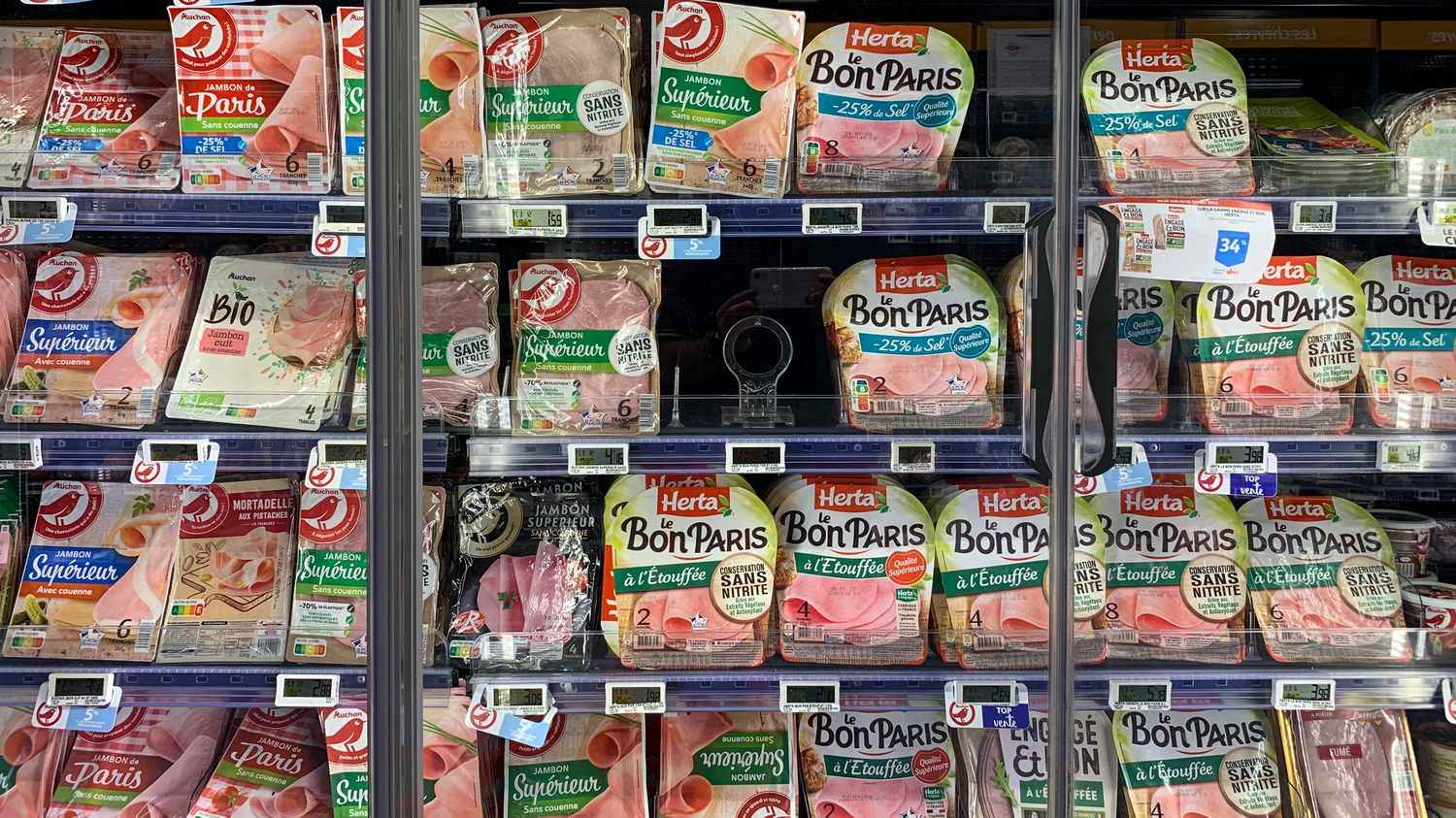“France, with Denmark, is today the country in the world which uses the least“of nitrites, assures Tuesday July 12 on franceinfo Bernard Vallat, president of the French Federation of Industrial Charcutiers Caterers (Fict). The National Health Security Agency (ANSES) recommends reducing the exposure of the population to products used to process and preserve meat. The government announced on Tuesday an action plan aimed at reducing the addition of nitrates and nitrites in food products after the opinion of the health authorities pointing out the link between the risk of cancer and exposure to these additives.
franceinfo: Are you going to follow the recommendations and use less nitrites?
Bernard Vallat: We are already following them. It should be noted that ANSES’s opinion does not call into question the use or the interest of nitrates and nitrites as they are currently used. European regulations provide for a maximum limit of 150 milligrams of nitrites per kilo of charcuterie and, through a proactive policy of reducing our companies and artisan charcuterie, we are at 100 milligrams, so we are already very much below the ceiling set. by Europe. But we are part of a permanent reduction trajectory through the recipes of our “Code of Practices”. We have 450 recipes. We are committed to reducing gradually and, of course, without endangering the health of consumers due to microbial risks since nitrites and nitrates are a powerful protector against microbial proliferation.
Modem deputy Richard Ramos, author of a bill to ban nitrites, assures us that the health argument does not hold because today, “millions of slices can be eaten without nitrites, with zero return of botulism or salmonellosis“. Can you remove all the nitrites?
We dispute this argument. All countries in the world recommend the use of nitrites, without exception. And France, with Denmark, is today the country in the world that uses the least. We are in the lead at this level in terms of reduction strategy. Countries like Germany, Italy, Canada, make them mandatory. You cannot eat cooked ham in Germany if it has not incorporated nitrites. Some manufacturers, who produce very large volumes and who have been able to make very significant investments, manage to produce hams cooked without nitrites by using a new additive called Prosur [ingrédient à base d’agrumes, mis au point par le laboratoire espagnol Prosur, constitué d’extraits végétaux riches en polyphénols et en vitamine C, qui évitent l’oxydation du jambon et permettent de le conserver vingt jours]. It allows the ham to keep the same taste, the same color but you have to eat it very quickly once you have opened the tray, it contains a little more salt and it is more expensive. About 11% of this type of ham is sold in supermarkets.
Why doesn’t everyone do this?
Because this production requires large investments that only large manufacturers can afford. We have more than 90% of SMEs among the 300 member companies of the FICT and thousands of craftsmen who have their small charcuterie. They do not have the means to invest in order to achieve the level of microbial risk control that the main manufacturers of cooked hams in France have managed to acquire, at the cost of large investments, i.e. the large boxes.
So it’s more of a financial risk than a health risk in your opinion?
You can actually have ham, but with a very short shelf life and a higher price. But for many other charcuterie recipes, the problem is much more complex. We know that by eliminating nitrites and nitrates in the manufacture of sausages, which is an emblematic product of France, it would be very difficult, at the technical level, to produce sausages of the quality of those which are made today working.
Can we, for example, shorten the use-by dates, as proposed by ANSES?
Of course, it is the responsibility of the manufacturer to set it according to the risk assessment of his product. Use-by dates can always be reduced, but consumers, when buying deli meats, most often expect to be able to consume them gradually and not within 24 hours of their purchase.
